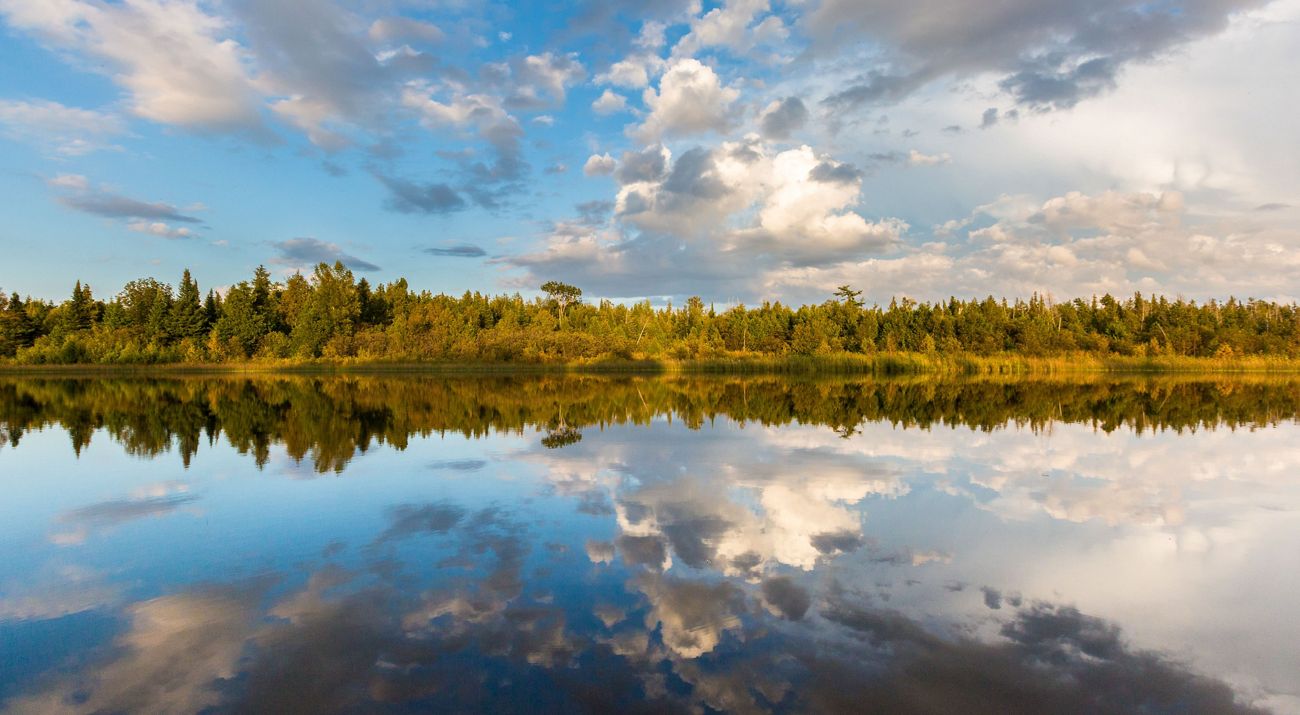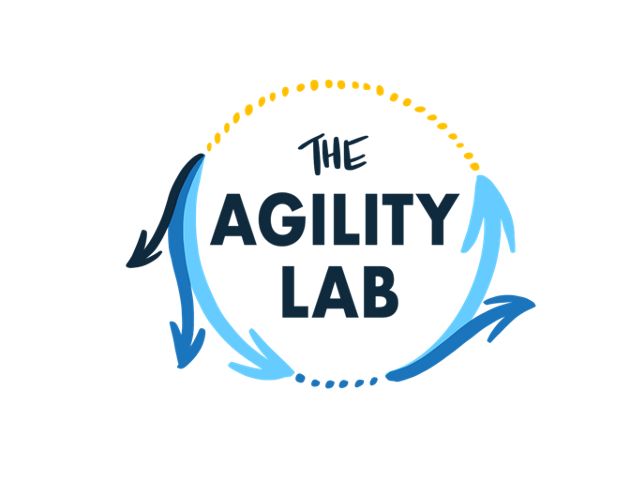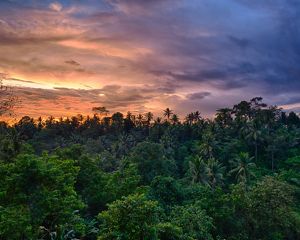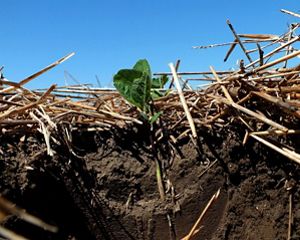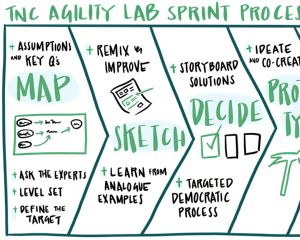Often in the conservation world, we are given grants to fund a solution–instead of funding the exploration of a problem. Recently, our team here in TNC’s Midwest Division was able to experience something different. When we received a very large grant for Great Lakes conservation, we were able to carve out a small portion of the funds and dedicate them to instilling a spirit of collaboration and cooperation - developing the “shared” part of our conservation agenda. These funds gave us freedom to get creative and really work the problem which helped de-risk our solution.
The big picture project is centered around the Northwoods of the Great Lakes region that stretches across Minnesota, Wisconsin and Michigan: developing a forest carbon program for private landowners, growing forest stewardship with the U.S. Forest Service, and working with respective state agencies to help adopt and implement policies that increase carbon storage. Significant questions we needed to answer were: how do we assess/access the forest carbon market in this region, how do we garner collaboration across all the players in this project, and how do we connect carbon credit buyers with sellers?
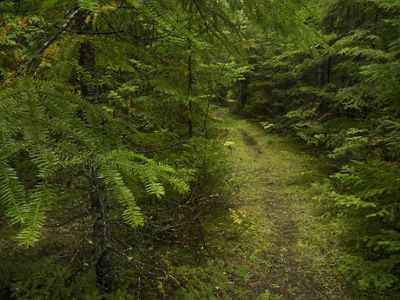
We could make our own hypotheses as to how to answer these questions, but we knew a better approach would be to gain input and collaboration from our chapters across the region and from experts, including representatives from state government, tribal organizations, private landowners, and TNC Trustees, within each one of the four pillars of this project (protection, policy, stewardship/partnership, and strategy).
Typically, in conservation, with that much input and collaboration required, this project would be spread over months and would really struggle to gain momentum–which often deters people from inviting that level of collaboration and co-creation.
So, when we received this portion of funds to explore the problem, we reached out to TNC’s Agility Lab to facilitate our collaboration within a Design Sprint. Even before getting into the actual Sprint, the questions our Sprint facilitator asked us in preparation were valuable in helping us frame the problem. She asked questions to help us define the problem, think through who needed to participate, and how we would collaborate across these four different pillars.
Once we got into the Sprint, things moved quickly. With representatives from each corner of the project, we were able to bring all our expertise together at one time to focus on working the problem. In days, we were able to co-write versions of the proposal for our key audiences. This endeavor is something that would normally take weeks or months, but with everyone working on it at one time, dedicating their full concentration to one problem instead of juggling it while working on other projects, we were able to deliver a first version very quickly.
The collaboration not only condensed the time to get it done, it answered questions that would have increased risk to our solution had it been created in a silo. It also created a form of buy-in–a sense of having “skin in the game” for each person who helped with the project.
Quote
It is worth emphasizing: the real gamechanger coming out of our work with The Agility Lab was the forming of our team.
Since completing the Sprint, our team has been advancing the project working with landowners, the USFS, and growing our carbon market. Having the flexible funds to get creative and experiment really gave our team some freedom. By setting aside just a small portion of our funds and dedicating them to trying something new and working the problem collaboratively, we were able to get questions answered and de-risk the potential solution more quickly–which will likely result in the larger sum of funds achieving a much greater impact across the whole Northwoods region.
Recently, the team reconvened and responded to TNCs internal call to expand our American Forest Carbon Initiative’s “Family Forest Carbon Program” to the Northwoods. Our proposal was successful, and we are now launching a new program – Carbon NO.W. (NOrthWoods).
We have come full circle: from some initial seed funding, to a Design Sprint, to team bonding, to a full proposal, to a new program. Now, it’s time to get to work!
